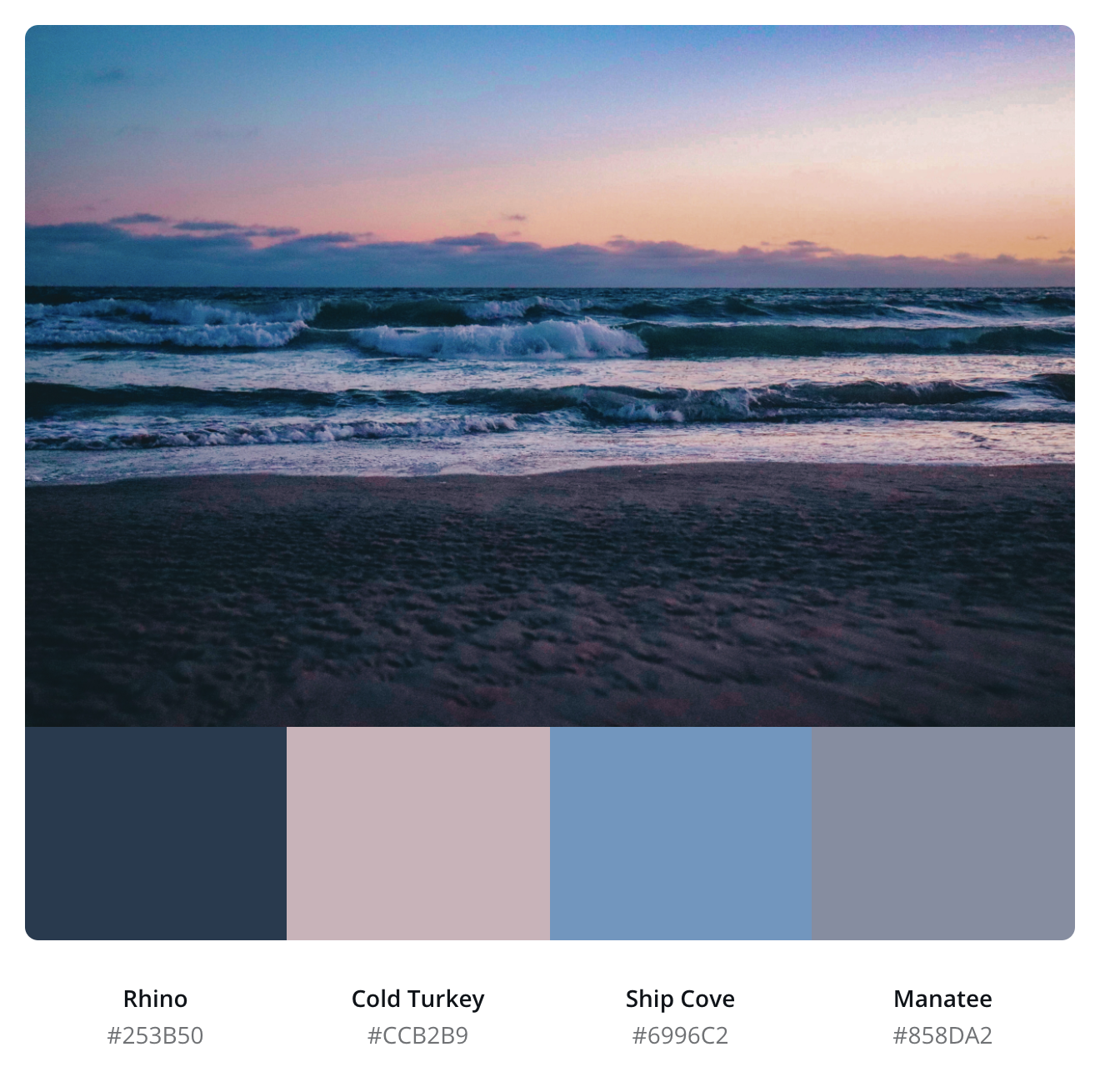How to create a consistent brand identity
Please note, this blog contains affiliate links, which means that if you click on one of the product links, I’ll receive a small commission. This helps support my business and allows me to continue to provide free content. I only recommend products that I use and love. Thank you for your support! Learn More 💕
Your brand drives the way your customer perceives you. Consumers trust brands that are consistent and easy to recognize.
More importantly, they feel more at ease in purchasing products or services from brands they trust.
Think about the visuals you use, from your logo and business card to the images you share on social media - are they consistent, or do they dilute your brand identity?
Every brand visual you share provides an experience for your customer or client. Every interaction should be consistent across every brand touchpoint.
So, where do you begin?
Identify a color palette.
When choosing colors, I recommend that organizations start by identifying how they want clients to feel when interacting with you. Do you want them to feel excited or relaxed? Is your brand serious or playful?
Make a list of these feelings, and start thinking about what colors you identify with those feelings?
You can also identify some images that make you feel the emotions you want your brand to represent, then use a tool like Canva’s Color Palette Generator to identify potential colors.
Build a style guide
A style guide houses visual standards for a brand. At a minimum, your style guide should include your logo(s), fonts, and your color palette.
To help deepen brand consistency, consider including graphic elements, patterns, and a photography style that fit your brand’s aesthetic.
Integrate your branding into your website
Generally, your website should use the logos, colors, and fonts identified in your style guide. If your fonts are not available, try to find a font in a similar style and appearance to create consistency. Knowing your website platform and the fonts available early in the branding process can help narrow potential fonts.
If you’d like to identify an additional accent color to use online, keep accent colors consistent between pages, and consider adding them to other visuals you may produce.
Banners and buttons are great for adding personality to your website. Using the colors from your style guide will help you stay consistent and reinforce your brand identity.
Finally, social media.
You should present your brand identity consistently across social media platforms, but not identical. As you develop posts, you should keep your audience and the use-case for each channel in mind.
Develop templates using your established color palette, fonts, graphic elements, and photography style.
Repurposing graphics across various platforms means you don’t need to reinvent the wheel every time. Generally, you’re targeting a different audience on each social media platform. But, by using a similar style across all platforms, you’re creating consistency and building brand recognition for followers who engage with your business on more than one channel.
Remember, consistency builds trust. The best (and most efficient) way to maintain a consistent brand identity is to create templates to work from and follow a visual standard everywhere. Tools like Canva Pro are incredibly helpful in creating and managing templates across social media platforms.


